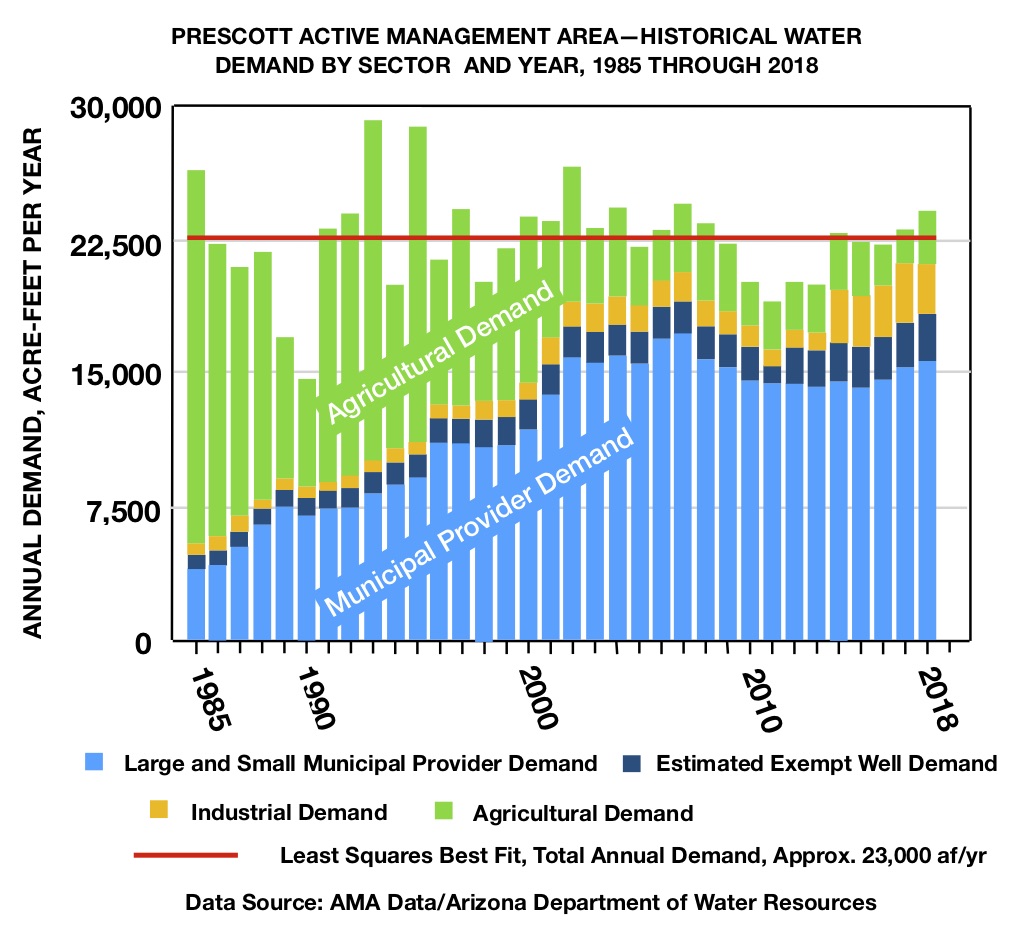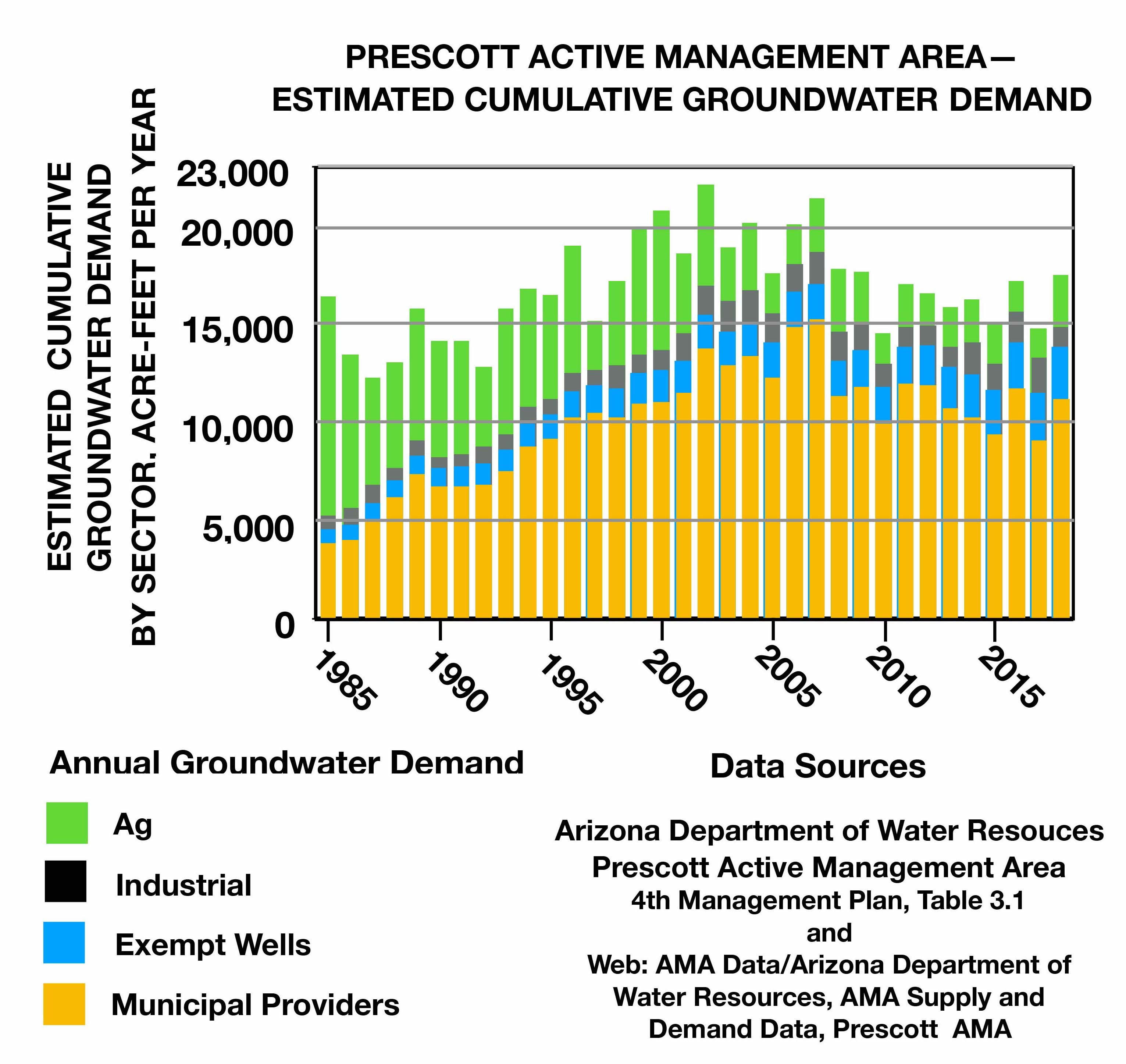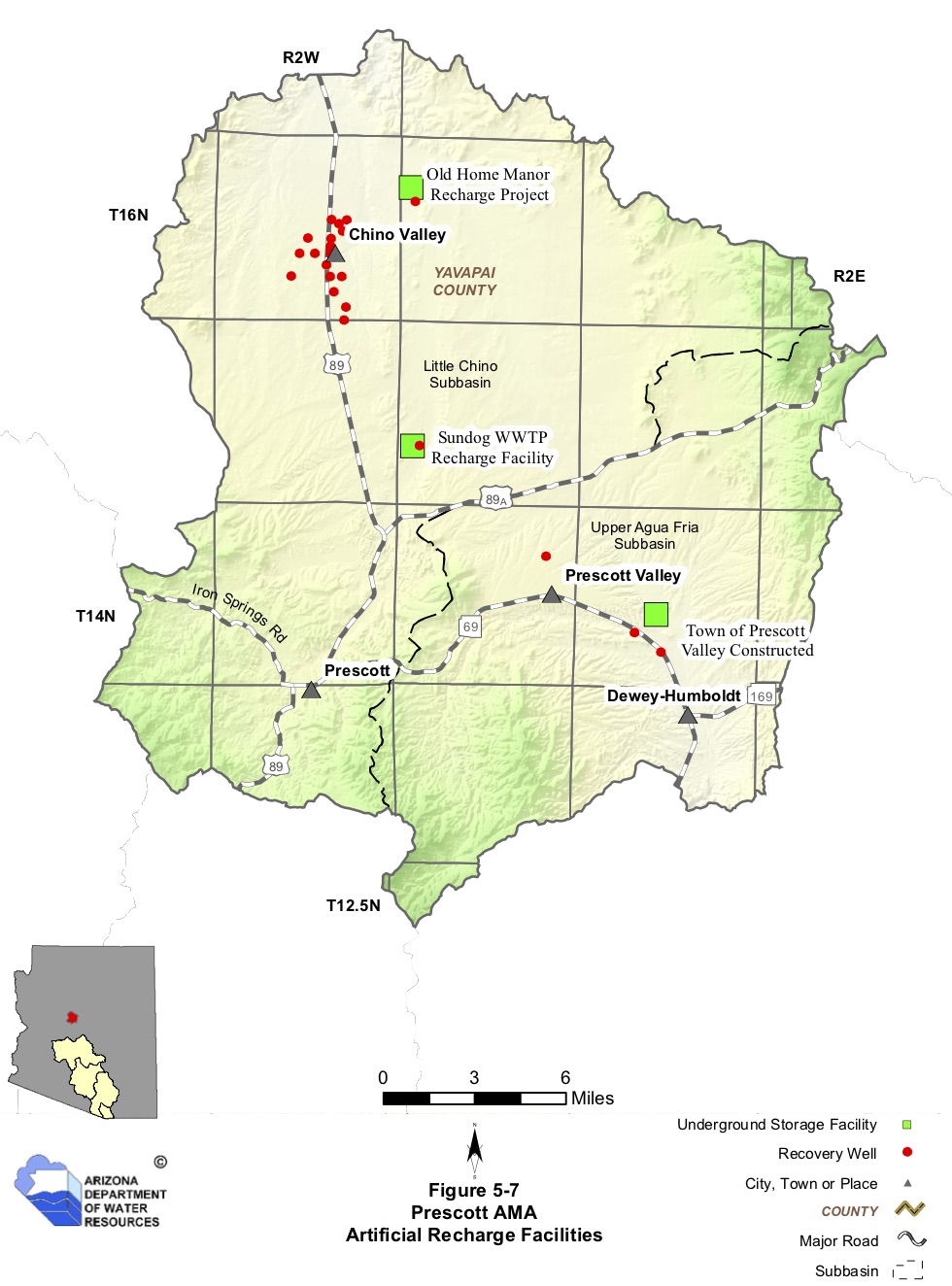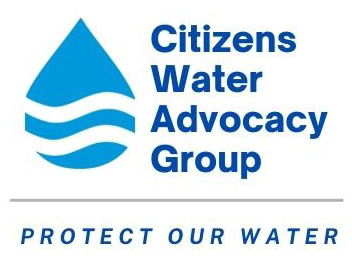Overdraft measures the imbalance between groundwater removed from and recharged to the aquifer in the PrAMA. An overdraft indicates that we are withdrawing more groundwater from the aquifer than is being recharged.
Groundwater is removed from the aquifer by pumping, by evapotranspiration, and by natural discharges from springs or into rivers. Groundwater is replenished by natural recharge (precipitation) and by artificial means.
A good analogy for overdraft in an aquifer is your bank account. Pumping groundwater is similar to withdrawing money. Recharge is like a deposit. If you withdraw more money (or water) than you deposit, your balance (water level) will decrease, eventually causing a big problem with your bank (or our water supply).
In the sections below, we explain more about the main components of overdraft: groundwater pumping and recharge.
-
Groundwater Pumping
Groundwater Pumping
Pumping Drains the Aquifer
Let’s look at pumping, the main way water is withdrawn from the aquifer.
ADWR data dating from 1985 - 2018 shows that total water demand, including both groundwater and surface water, is roughly constant at about 23,000 acre-feet per year (afy).
 Nearly all of the demand is supplied by groundwater pumping.
Nearly all of the demand is supplied by groundwater pumping.
Who is using the pumped water? Total agricultural use has declined dramatically but municipal providers have increased usage by approximately the same amount. Water use by industrial users and domestic wellsthat are exempt from reporting requirements show slight growth. Prescott and Prescott Valley pumped 80% of the groundwater. For these two large municipal providers, usage is linked to population growth. -
Natural Aquifer Recharge
Natural Aquifer Recharge
Helpful But Inadequate
All of the potable water used in the Prescott Active Management Area (PrAMA) is groundwater pumped, that is pumped – withdrawn – from our aquifer. Aquifer recharge is a process that returns water to the aquifer.
Rain and Snow Contribute
Natural recharge is the result of rain and meltwater from snow seeping into the ground. In the PrAMA, the recharge occurs primarily in and near the beds of Granite Creek, Lynx Creek, and the Agua Fria River. Recharge also occurs on the basin floor near the bottom of the steep bounding valley walls composed of ancient granitic and metamorphic rocks that store or transmit relatively little water. -
Artificial Recharge
Artificial Recharge
Returning Treated Wastewater
Artificial recharge is the process of returning treated wastewater to the aquifer using injection wells or ponds that allow water to percolate into the ground. Prescott Valley, Prescott, and Chino Valley operate artificial recharge facilities shown on the map below. The quality of the treated wastewater is regulated by the state to prevent contamination of the aquifer. Prescott also recharges surface water from Watson Lake and Granite Creek, but this water would recharge naturally if permitted to flow into the permeable bed of Granite Creek.

State water law awards recharge credits to cities. These recharge credits are treated as equivalent to fresh groundwater and are used to justify pumping additional groundwater to support new development. Recharge credits are the primary source of water for new subdivisions created in the PrAMA after 1999. The system of recharge credits facilitates new development and growth. One exception is that in Prescott, annexations of 250 acres or more must dedicate all wastewater to permanent recharge that cannot be recovered to support additional homes. To date, this is a very small factor.
Due to the recharge credit system, artificial recharge does not restore the aquifer. Using our bank account analogy, if you made larger bank deposits but increased your spending by the same amount, your balance would not improve. Artificial recharge does not eliminate the harmful decline in our water resources.
